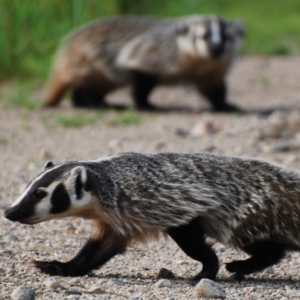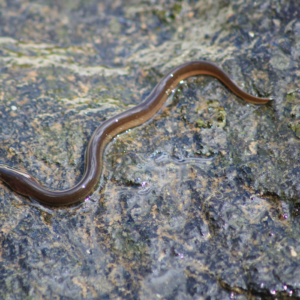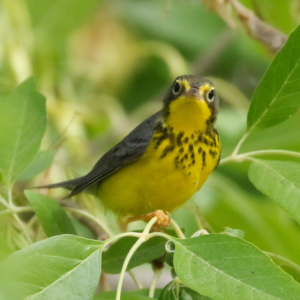Louisiana Waterthrush
Despite its name, these birds never actually swim or dive. Instead, they wade to catch prey — a task that’s more difficult due to human irrigation. Save endangered species today by joining one of our campaigns!
Help End the ExtinctionVital Signs
- Common name: Louisiana Waterthrush
- Latin name: Parkesia motacilla
- Conservation Status: Threatened
- Range: Ontario, Quebec
- Lifespan: 2-3 years on average, but the longest recorded lifespan is 11 years and 11 months
- Size: 15-15.5 cm in length, 1.8-2.3 kg in weight, wingspan of 24-27 cm
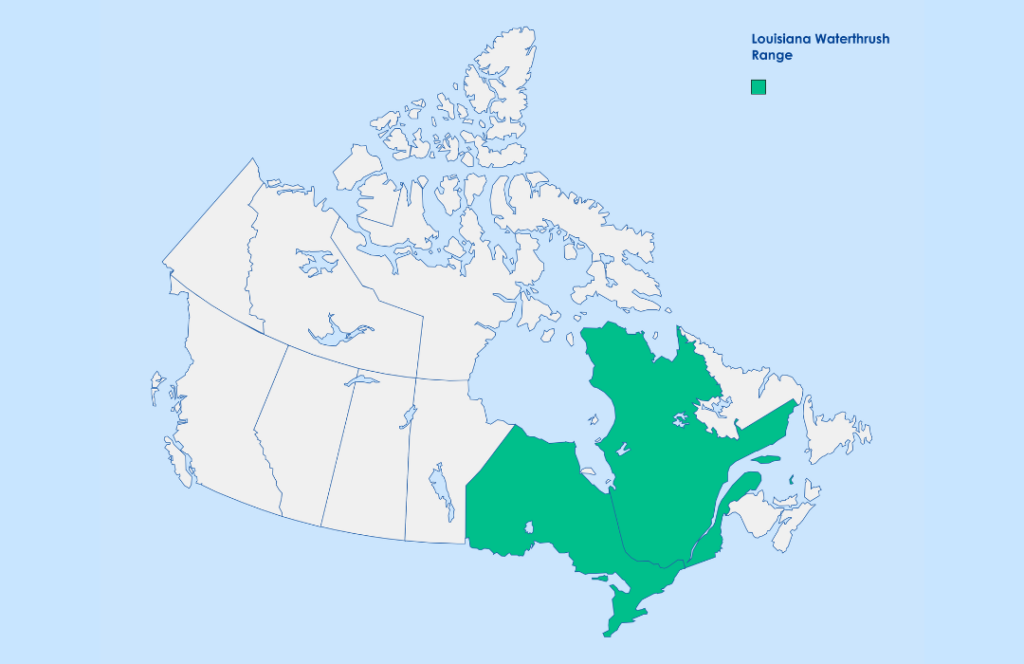
The Louisiana Waterthrush is brown on top and cream coloured on its underside. There are dark streaks on its flanks and breast, and there is a white streak over the eye that extends to its nape. Notably, this thrush has bright pink legs.
Louisiana Waterthrush Facts
- Their diet can be used to indicate if a stream is healthy or not
- Bob their rear ends up and down while looking for food
- Seem to prefer streams and creeks that are fast moving and located in forests
- They use their beak to jab prey multiple times
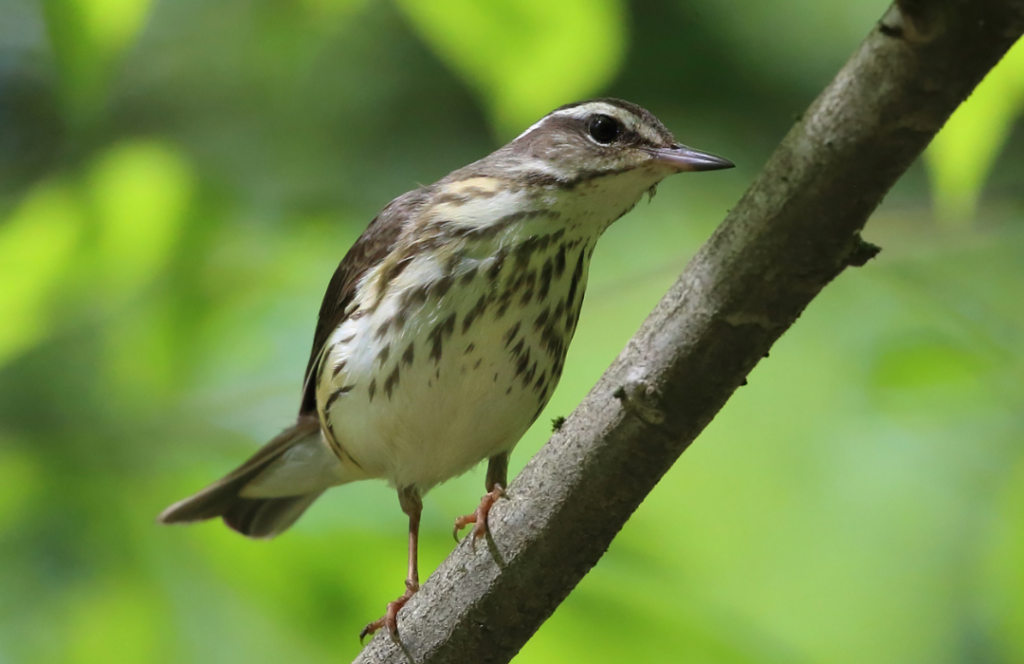
Threats
The Louisiana Waterthrush is at risk due to loss of habitat and changes to the water quality in its range. Both of these things are caused by agricultural and suburban development. This species is also in danger while migrating, as it has high rates of colliding with buildings and communication towers.
What’s Being Done
The Migratory Birds Convention Act (1994) protects the Louisiana Waterthrush. A lot of its nesting sites are located on protected land, and in Ontario some of the bird’s specific habitats are protected.
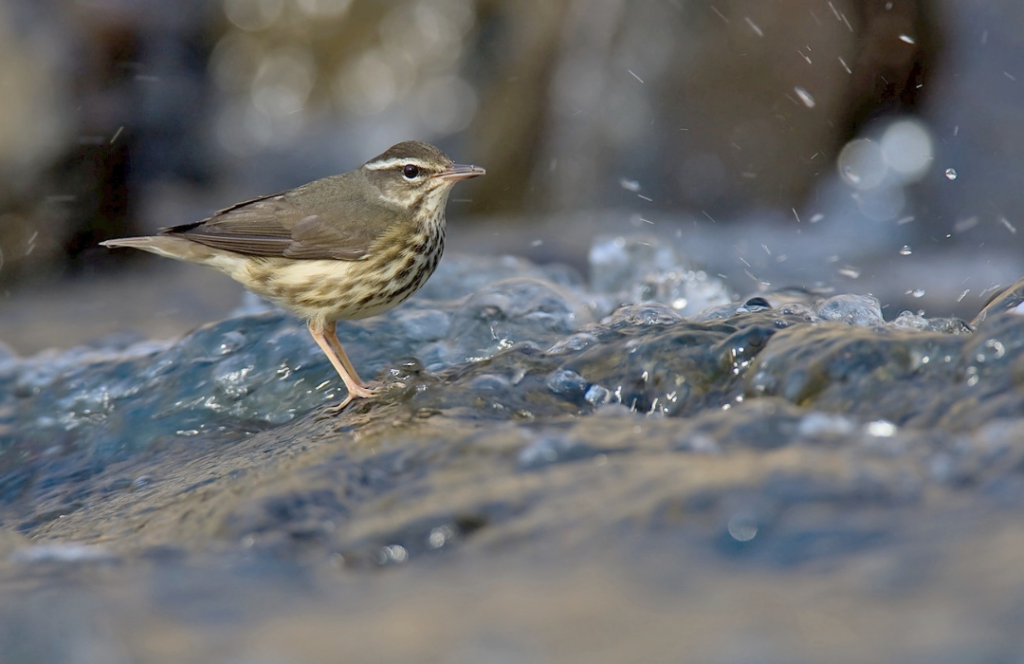
Canada has committed to the goal of protecting 30% of lands, ocean, and freshwater in Canada by 2030. This goal will help protect ecosystems, restore habitats, and fight climate change. All these things are a step in protecting Canada’s at-risk animals—so let’s hold the federal government to their promise.
How to Help
- Report Sightings: Fill out the Ministry of Natural Resources online form. Include photographs or coordinates if possible!
- Report Illegal Activity: Call the Ministry of Natural Resources at Forestry at 1-877-847-7667.
- Volunteer: Join a local nature club or participate in surveys.
- Be a Good Steward: Check if you are eligible for stewardship programs that support the protection and recovery of species at risk.
- Learn: Stay informed about endangered species by signing up for Nature Canada’s monthly e-newsletter.
- Find out more: Help us end the extinction by taking action for nature today—visit conservation websites like Nature Canada or join one of our campaigns!
Resources
- The Cornell Lab – All About Birds: Louisiana Waterthrush
- COSEWIC – Assessment and Status Report
- SARA – Species Profile

